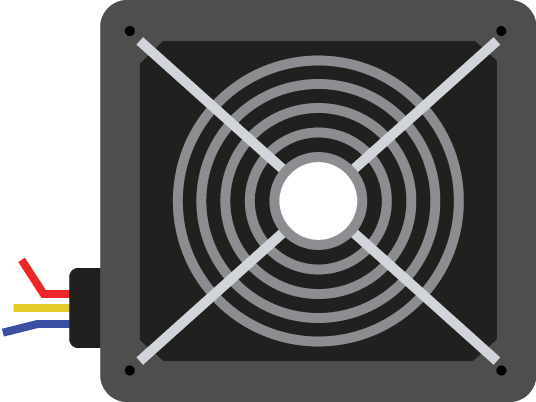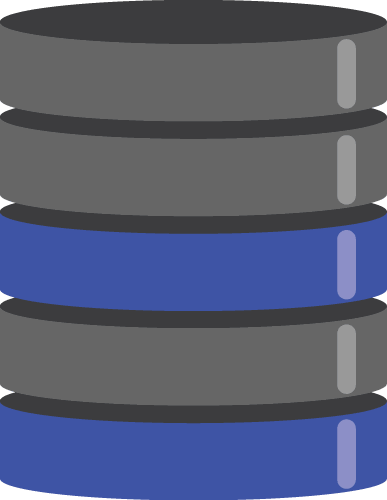Redundancy in Mission-Critical Applications
Redundancy is important in mission-critical communications, especially in government and public safety applications. This is true whether applications are purchased as premised-based or cloud-based. However, there are different types of redundancy that have varied costs and benefits.
In the case of logging recorders, many RFPs call out the requirement for redundancy, but without the necessary specificity of the type of redundancy required. Without that specificity, vendors may declare compliance based on the most basic level of redundancy which often does not deliver on the intended requirement.
Component redundancy is one of the most popular options offered by logging recorder vendors, but it’s also one of the riskiest. This article will explain what it is and how you can identify it.
Component Redundancy: What Problem Does It Solve?
Logging recorders are typically servers, whether in-house or accessible by a virtual environment, and those servers are comprised of hardware components. Those components can be difficult to keep performing at their best because they age over time and are susceptible to environmental conditions and physical damage.
Logging Recorders That Are Component-Redundant
There are inexpensive steps that your communications provider can take when building your recorder to always ensure interactions are recorded and data is accessible:
Power Supply Redundancy
Because power supplies are at risk for failure due to overstress, temperature fluctuations, improper maintenance, and power surges, server configurations typically include hot-swappable, redundant power supplies. In systems with this setup, if one power supply fails, the second will keep the system powered. The bad power supply can then be replaced without interruption of critical services.

Redundant RAID Data Protection
RAID is a technique of configuring hard drives so they store the same data on multiple hard drive disks. Because data is duplicated across drives within the same system, at certain RAID levels, if one hard drive fails, no data is lost and normal operations continue. Different levels of RAID allow for speed, security, capacity, and redundancy that can be customized for various complexities of recording systems. For example, Exacom offers RAID 1 on its smaller systems and RAID 5 for its larger configurations. Other RAID configurations are also available that can provide more functionality based on user requirements and IT policies.

It’s An Economical Route
Component redundancy is the most economical. Most logging recorder companies will include this type of redundancy at little or no extra cost when setting up a new system or conducting a refresh. For those customers that are extremely cost-sensitive, however, even this option is not always purchased.
But There are Fierce Limitations
The scope of this redundancy is extremely limited. Its purpose is only to mitigate risk of specific component hardware failure over the course of normal operation and does not protect against significant damage to a system because of accident, force of nature, or attack. It also does not account for all hardware failures, such as motherboard or expansion cards, which are still a possibility.
In the case of a logging recorder, if the system has any kind of failure that prevents normal software operation, recording operations cannot occur until a resolution is enacted. In the case of a hardware issue, this could take days to resolve.
So, what should you do if you aren't comfortable with that level of risk?
We recommend reading about the other 2 kinds of redundancy in our Redundancy Whitepaper. Then, talk to your recording vendor about how to get the right level of protection for your recording system.
If you’re looking for a new recording partner, we’d love to help! Our systems are uniquely designed for efficient scalability and cost-effective redundancy. Contact us today to learn more.
